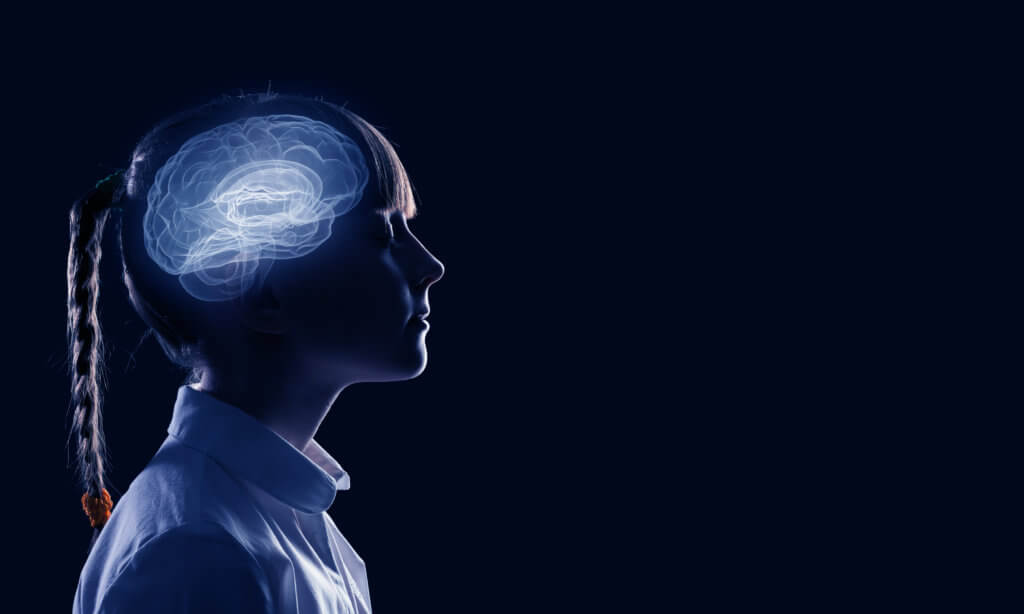Conscious experience arises from both electrical and chemical activity of the human brain – we think. The mechanism(s) of consciousness have important implications for the ways we understand brain health. Surgical anesthesia, schizophrenia, intoxication, coma, and countless other states of consciousness are yet to be understood.
There is no single location in the brain that drives consciousness. Attempting to trace linkages between regions in the brain affecting consciousness, however, has not been productive.
The use of functional MRI, an imaging technique that allows visualization and measurement of brain activity through changes in blood flow, is proving useful for studying and describing states of consciousness.
“If you look at just a single surface, you may be confused by the way it is organized. You need to work on the puzzle looking at all dimensions,” says Dr. Zirui Huang, assistant professor in the University of Michigan Medical School Department of Anesthesiology, in a statement.
The dimensions of consciousness include:
- Arousability – the ability of the brain to be awake
- Awareness – what we experience
- Sensory organization – how sights and sounds and feelings together create our conscious experience.
In the study by Huang, Dr. George Mashour, professor and chair of the Department of Anesthesiology, and Anthony Hudetz, DBM, Ph.D., director of the Center for Consciousness Science, the investigators sought to find aspects of consciousness in the geometry of the brain. Instead of looking at clearly defined brain regions, they investigated gradients across brain regions.
To develop a map of these cortical gradients of consciousness, the team used fMRI data from study participants who were awake, anesthetized, in a form of coma, or who had psychiatric diagnoses such as schizophrenia.
The team was then able to arrange recordings from 400 different brain regions into gradients and compare how they change in relation to these states or diagnoses. They found three cortical gradients that seemed to align with the dimensions of consciousness, including arousability, awareness, and sensory organization.
“What used to be mapped only as a helpful diagram of conscious states might now be mapped in the brain itself,” says Hudetz, senior author on the study.
“Our study opens a new view of the link between consciousness and the brain,” adds Huang. Furthermore, he notes, the results have the potential for developing brain-based diagnoses or assessment for neurologic patients.
“This article represents an important contribution to the science of consciousness and aligns with our mission of achieving deeper understanding while advancing clinical care,” says Mashour.
This information is published in Nature Communications.







-392x250.jpg)



